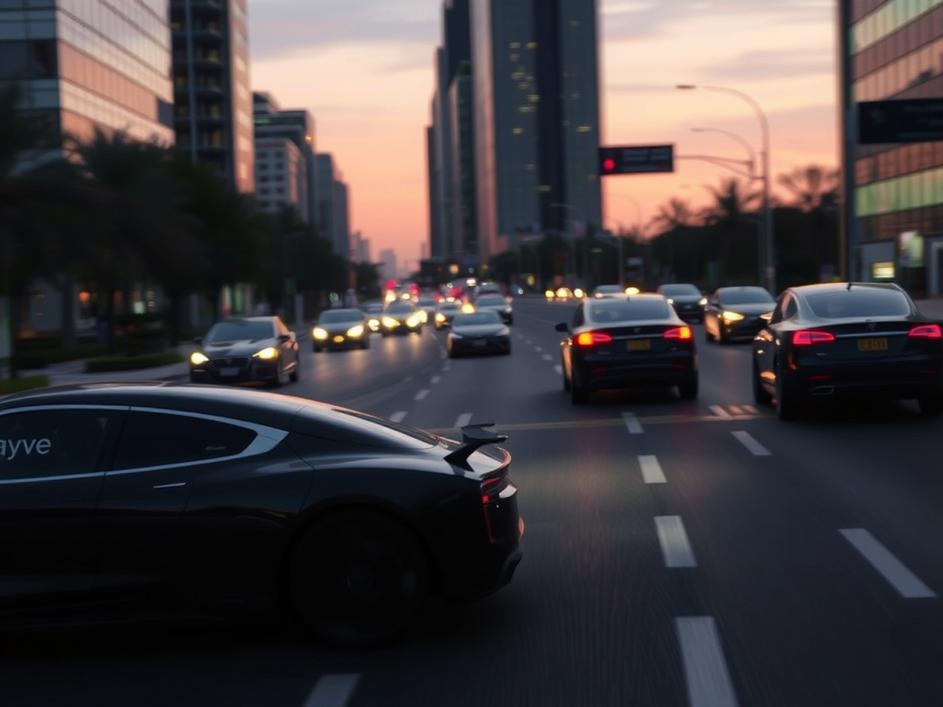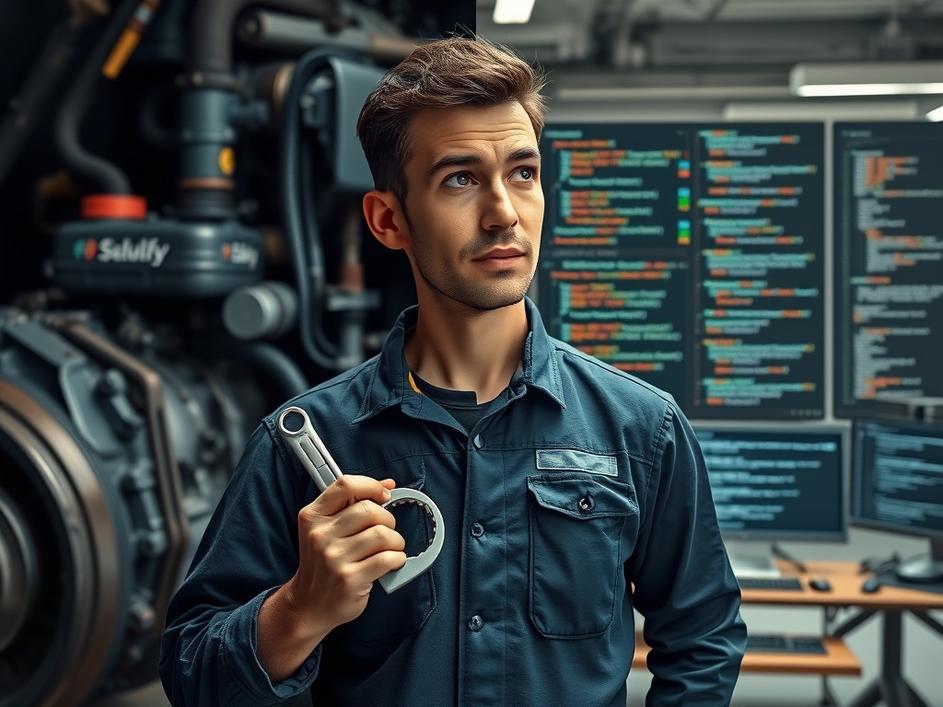


We are a digital agency helping businesses develop immersive, engaging, and user-focused web, app, and software solutions.
2310 Mira Vista Ave
Montrose, CA 91020
2500+ reviews based on client feedback

What's Included?
ToggleDriving isn’t what it used to be. For years, we’ve watched as cars got smarter, promising a future where our hands might barely touch the wheel. Everyone knows about Tesla’s Full Self-Driving (Supervised) system, or FSD as it’s often called. It’s been a big topic, sparking both excitement and plenty of debate. But what if the path to truly advanced driver assistance isn’t just one crowded highway? A recent test drive by an insider journalist with a UK-based company called Wayve is really making us think about this. Their system, which is different from Tesla’s, might just open up a whole new perspective on how our cars learn to drive themselves. It’s not about finding a winner; it’s about understanding the different ways we’re tackling this incredibly complex challenge.
Let’s talk about Tesla for a second. Their FSD (Supervised) system is pretty famous. It relies almost entirely on cameras to see the world, mimicking how human eyes work. Tesla believes that if you give a computer enough visual data, it can learn to navigate any road condition. They’ve been pushing this idea hard, collecting tons of real-world driving data from their customers. This has allowed them to quickly iterate and improve the system. But it’s also led to a lot of discussions about its limitations, its occasional quirks, and the sheer amount of processing power needed to make sense of a purely visual world. For many, it’s been an interesting journey, seeing the system evolve with updates, sometimes feeling groundbreaking, other times a bit unpredictable. It’s a bold vision, no doubt, but it’s also been a very singular one, developed entirely in-house for their own vehicles.
Now, let’s look at Wayve. This company, based in the UK, has a different game plan. Instead of selling cars with their tech, they want to license their driver assistance system to other automakers. That’s a huge difference right there. What’s even more interesting is how their system works. While Tesla focuses on cameras and rules, Wayve uses what’s called ‘end-to-end AI.’ Think of it like a baby learning to walk. It doesn’t get a list of rules like ‘put left foot forward, then right.’ It just observes, tries, and learns from its mistakes and successes. Wayve’s system takes in all sorts of data – not just visuals, but also how the car feels and responds – and learns directly from real-world driving experiences. The goal is to build a brain for the car that can make smart, human-like decisions in new situations, even those it hasn’t specifically ‘seen’ before. This flexibility is what makes it so intriguing for car companies that want to integrate advanced tech without rebuilding everything from scratch.
Reading about the Business Insider journalist’s experience with Wayve’s system was a real eye-opener. The description wasn’t about flashy maneuvers or super-fast reactions. Instead, it highlighted a smoothness and confidence that felt surprisingly natural. The system reportedly handled tricky situations, like navigating busy intersections and roundabouts, with a subtle competence that didn’t feel robotic or overly cautious. It wasn’t about being perfect, but about being *predictable* and *human-like* in its decision-making. This stood out because often, when we hear about driver assistance systems, the focus is on the edges – the sudden braking, the weird lane changes, or the moments of confusion. Wayve’s approach, by learning from diverse driving data rather than just trying to interpret pixels into a rulebook, seems to be aiming for a more intuitive driving experience. This kind of ‘flow’ in automated driving is a big deal, because it’s what makes passengers feel safe and comfortable.
So, what does Wayve’s emergence mean for the bigger picture? For years, Tesla has been seen as the frontrunner, pushing the boundaries of what’s possible with software and AI in cars. But Wayve’s strategy could change the game for traditional automakers. Instead of trying to build their own complex AI systems from the ground up, they could license Wayve’s proven technology. This could accelerate the adoption of advanced driver assistance across many different car brands, not just one. It’s like having an operating system that any computer manufacturer can use, rather than each company having to build their own from scratch. This could also lead to safer, more reliable systems because Wayve’s AI is designed to learn and adapt across many different vehicle types and driving environments. It raises a question: is a highly specialized, vertically integrated approach (like Tesla’s) the only way, or could a more broadly applicable, adaptable AI platform be the key to widespread adoption and ultimately, a safer driving future?
The world of advanced driver assistance is far from settled. What Wayve is doing, especially with its end-to-end learning and licensing model, offers a compelling alternative to what we’ve seen before. It suggests that there isn’t just one right way to build a self-driving system. Different approaches will likely bring different strengths to the table, and this kind of healthy competition is exactly what drives innovation forward. For us, the drivers and passengers, it means more choices and hopefully, safer, more comfortable journeys down the line. It’s exciting to think that the future of driving might be shaped by multiple brilliant ideas, each pushing the boundaries in its own unique way, ultimately leading us to a more intelligent and efficient transportation experience for everyone.



Leave a reply